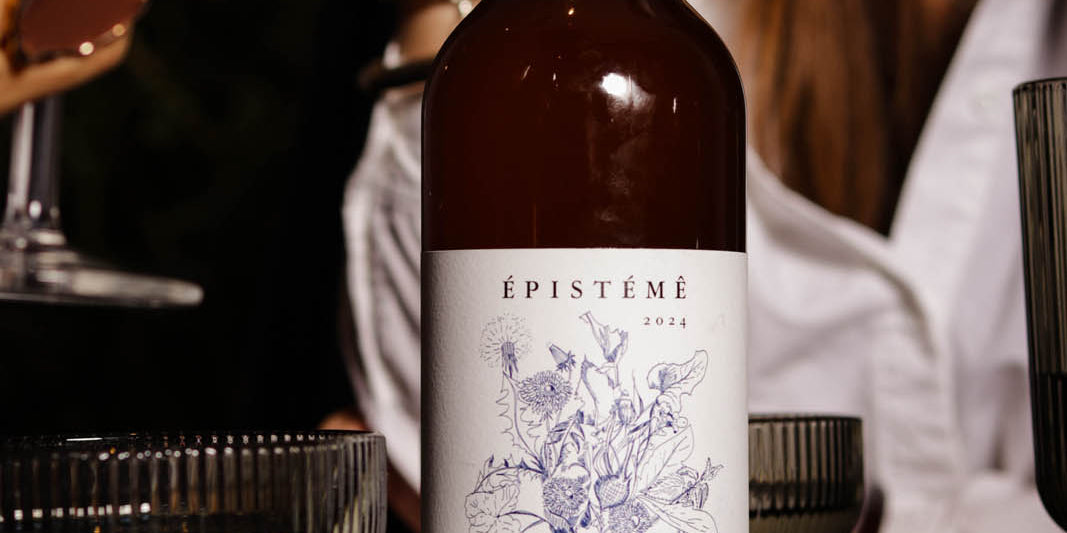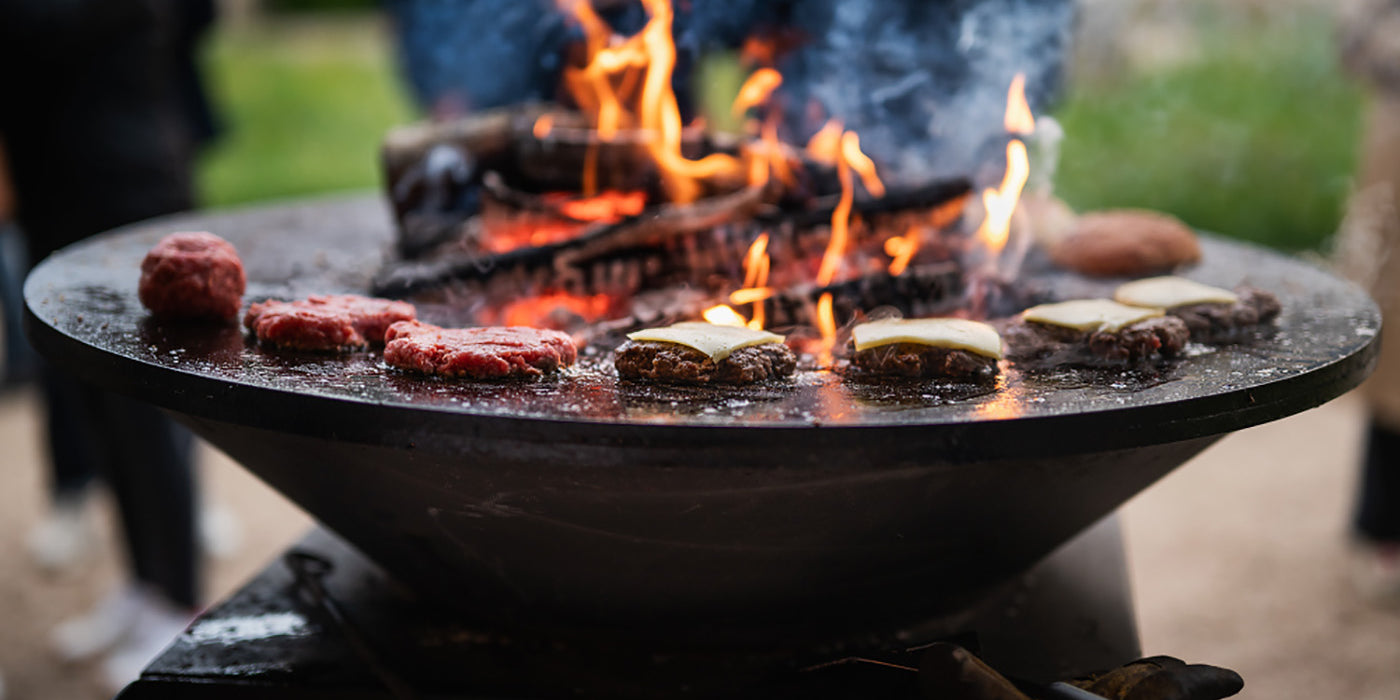It dresses the slopes of the vineyards all summer long, is eaten stuffed in dolmas all around the Mediterranean, and hides from view a few nudity of Apollos that the Council of Trent had deemed a little too much pagans: the fig leaf is everywhere.
It is also rich in tannins, a rather interesting particularity to try an experiment of vegetable dye, and since the story is only an eternal beginning, dress Armand in it.

I took advantage of the disbudding at the end of spring, when we remove everything from the vine that would uselessly monopolize the sap, to harvest 1500 grams of leaves, appellation Pommard 1er Cru Clos des Poutures — Domaine monopoly.
In the beginning, we had to extract the dye from the plant. Chop the leaves, prepare a giant decoction in 25 liters of water, strain. The next day I plunged into it an old linen sheet that I had mordanted in an alum bath. At the first boils, the fabric caught the shades of yellow well. But the color came, then faded. Coming out of the bath, the sheet was yellowish, something had eaten the first sliver of it.

In my books I have not found any writing relating to this tincture. It is the anthocyanins contained in the grape that attract the eye of colorists, for the gourmet red they contain, while they have a very low resistance to light on the fabric. They are used in the food industry and cosmetology (and unfortunately leave indestructible bluish halos on your most beautiful white tablecloths!).
It was a dyer's reflex that saved the color. The pH of the dye bath was too acidic. The vine therefore gives color but it also produces acidity which prevents the expression of this color. Nothing insurmountable, two teaspoons of baking soda raised the pH to 9. The decoction immediately took on a beautiful honey color (of vine honey!), and the sheet plunged back into it: too. The color was saved!

A single species offers a multitude of nuances depending on the concentration of plants, the nature of the textile, the pH, the type of mordanting. We can still intervene after the dyeing. After consultation with Armand, I nuanced the yellow – vine honey in a bath containing iron which, in reaction to the tannins of the plant, darkens or grays the colors, to obtain a slightly golden green.
It's a tricky test because the iron bath isn't about nuance. By leaving the dyed sheet there for a long time but in a low concentration of iron, the color was gently nuanced.

Once my mission was accomplished, the linen sheet washed (in a machine at 30°) and dried, I sent it to Agnès, a seamstress in Givry.









